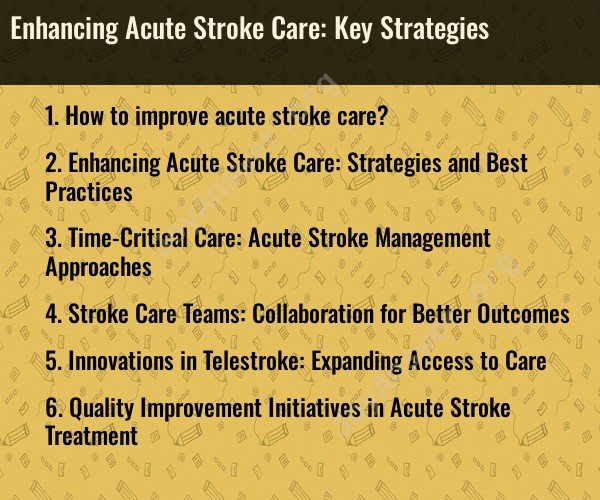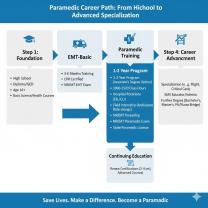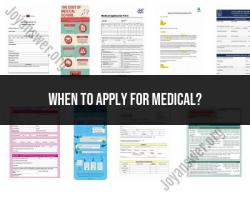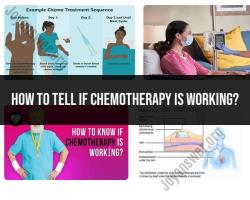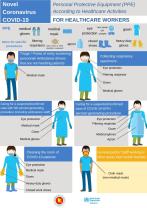How to improve acute stroke care?
Enhancing acute stroke care is critical to improving patient outcomes and reducing the long-term impact of stroke. Here are some key strategies to improve acute stroke care:
Stroke Centers and Protocols:
- Establish and maintain certified stroke centers with dedicated stroke teams. Implement standardized protocols and guidelines to ensure rapid and effective stroke care.
Education and Training:
- Provide ongoing education and training to healthcare providers to ensure they are up to date with the latest stroke treatment guidelines and protocols.
F.A.S.T. Awareness:
- Promote public awareness of stroke symptoms and the importance of acting F.A.S.T. (Face drooping, Arm weakness, Speech difficulty, Time to call 911) in case of a stroke. Educate the community to recognize stroke signs and act quickly.
Prehospital Care:
- Enhance prehospital care by training paramedics to identify stroke symptoms and initiate care in the field. Use telemedicine to consult with stroke experts during transport to the hospital.
Telemedicine:
- Implement telemedicine programs to facilitate remote consultations with stroke specialists for timely diagnosis and treatment decisions, especially in underserved areas.
Rapid Imaging:
- Invest in advanced imaging technology like CT scans and MRI to quickly assess the type and extent of stroke. Early imaging can help guide treatment decisions.
Intravenous Thrombolytic Therapy (tPA):
- Ensure that eligible patients receive tissue plasminogen activator (tPA) within the recommended time window (usually within 4.5 hours of symptom onset) to dissolve blood clots causing ischemic strokes.
Endovascular Thrombectomy:
- Develop or strengthen endovascular thrombectomy capabilities for patients with large vessel occlusions. Timely retrieval of clots from the brain's blood vessels can be a game-changer.
Multidisciplinary Care Teams:
- Create multidisciplinary stroke teams that include neurologists, neurosurgeons, radiologists, nurses, and rehabilitation specialists. Coordinated care is essential for stroke recovery.
Quality Improvement Programs:
- Establish quality improvement programs that monitor and evaluate stroke care processes, aiming to identify areas for improvement and ensure consistent, evidence-based care.
Data and Research:
- Contribute to stroke research and data collection to understand local and regional stroke trends and to continuously improve care practices.
Rehabilitation Services:
- Offer post-acute care and rehabilitation services to help stroke survivors regain lost functions and improve their quality of life.
Secondary Stroke Prevention:
- Educate patients about the importance of secondary stroke prevention measures, such as lifestyle changes, medications, and follow-up care to reduce the risk of recurrent strokes.
Community Partnerships:
- Collaborate with community organizations and public health agencies to promote stroke awareness and prevention initiatives.
Patient and Family Education:
- Provide clear information to stroke patients and their families regarding their condition, treatment options, and recovery expectations.
Continuous Evaluation:
- Continuously assess and adapt stroke care protocols based on performance data and feedback from patients, families, and staff.
Emergency Medical Services Integration:
- Collaborate closely with emergency medical services (EMS) to ensure efficient and effective transfer and care of stroke patients.
Improving acute stroke care requires a coordinated effort among healthcare professionals, institutions, and the community. Timely and evidence-based interventions are crucial for maximizing the chances of recovery and minimizing disability.
Enhancing Acute Stroke Care: Strategies and Best Practices
Stroke is a leading cause of death and disability worldwide. Acute stroke care is the time-critical treatment provided to patients in the immediate aftermath of a stroke. Prompt and effective acute stroke care can improve patient outcomes and reduce the risk of long-term complications.
There are a number of strategies and best practices that can be used to enhance acute stroke care, including:
- Public awareness and education: It is important to educate the public about the signs and symptoms of stroke, as well as the importance of seeking immediate medical attention.
- Rapid prehospital response: Emergency medical services (EMS) personnel should be trained to recognize and treat stroke in the field. EMS should also have access to rapid transport protocols to get patients to a stroke-ready hospital as quickly as possible.
- Comprehensive stroke center care: Stroke-ready hospitals have the necessary resources and expertise to provide high-quality acute stroke care. This includes access to advanced imaging and treatment modalities, as well as a team of stroke specialists.
- Evidence-based treatment: Stroke patients should receive evidence-based treatment, such as intravenous thrombolysis (tPA) and mechanical thrombectomy, when appropriate.
- Post-stroke care: Stroke patients should receive comprehensive post-stroke care, including rehabilitation and support services.
Time-Critical Care: Acute Stroke Management Approaches
Time is of the essence in acute stroke care. The sooner a patient receives treatment, the better their chances of recovery.
The following are some time-critical acute stroke management approaches:
- Door-to-needle time: Door-to-needle time is the time it takes to administer tPA to a stroke patient after they arrive at the hospital. The goal is to administer tPA within 60 minutes of arrival.
- Door-to-reperfusion time: Door-to-reperfusion time is the time it takes to restore blood flow to the brain after a stroke patient arrives at the hospital. The goal is to achieve reperfusion within 90 minutes of arrival.
Stroke Care Teams: Collaboration for Better Outcomes
Stroke care teams are multidisciplinary teams of healthcare professionals who work together to provide care to stroke patients. Stroke care teams typically include neurologists, neurosurgeons, emergency physicians, nurses, and rehabilitation therapists.
Collaboration among stroke care team members is essential for providing high-quality acute stroke care. By working together, stroke care teams can ensure that patients receive the timely and appropriate treatment they need.
Innovations in Telestroke: Expanding Access to Care
Telestroke is a technology that allows stroke experts to remotely evaluate and treat stroke patients. Telestroke can be used to provide care to patients in rural and underserved areas, as well as to patients in hospitals that do not have a stroke specialist on staff.
Telestroke has been shown to improve patient outcomes and reduce the risk of complications. For example, a study published in the journal Stroke found that telestroke was associated with a 25% reduction in the risk of death or disability for stroke patients.
Quality Improvement Initiatives in Acute Stroke Treatment
Quality improvement initiatives are designed to improve the quality of acute stroke care. These initiatives can focus on a variety of areas, such as reducing door-to-needle time, increasing the use of evidence-based treatments, and improving the coordination of care.
Quality improvement initiatives have been shown to be effective in improving the quality of acute stroke care. For example, a study published in the journal JAMA found that a quality improvement initiative led to a 23% reduction in door-to-needle time and a 10% increase in the use of tPA.
By implementing these strategies and best practices, healthcare professionals can enhance acute stroke care and improve patient outcomes.
